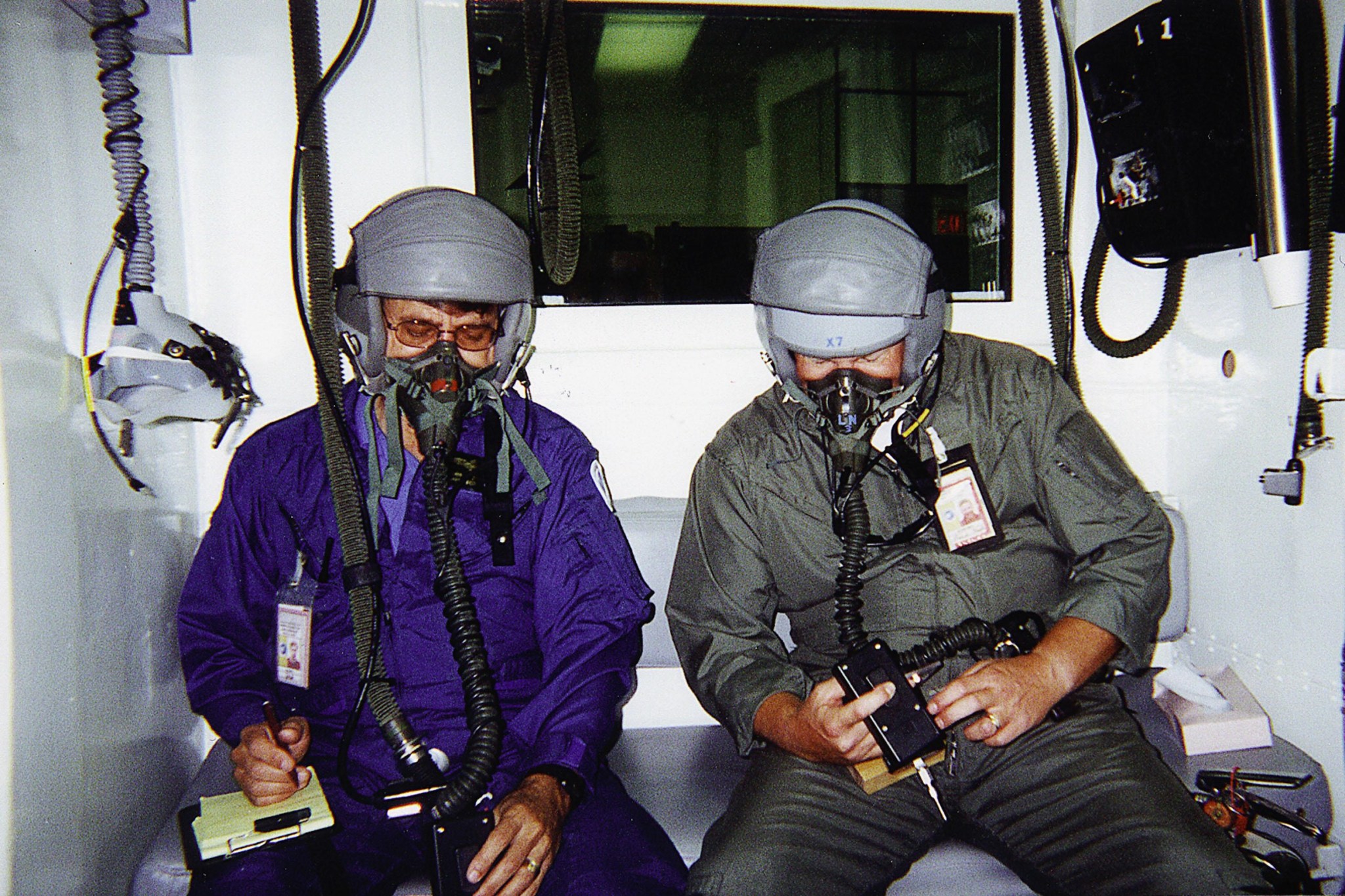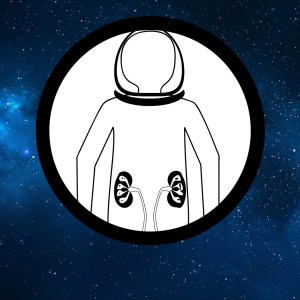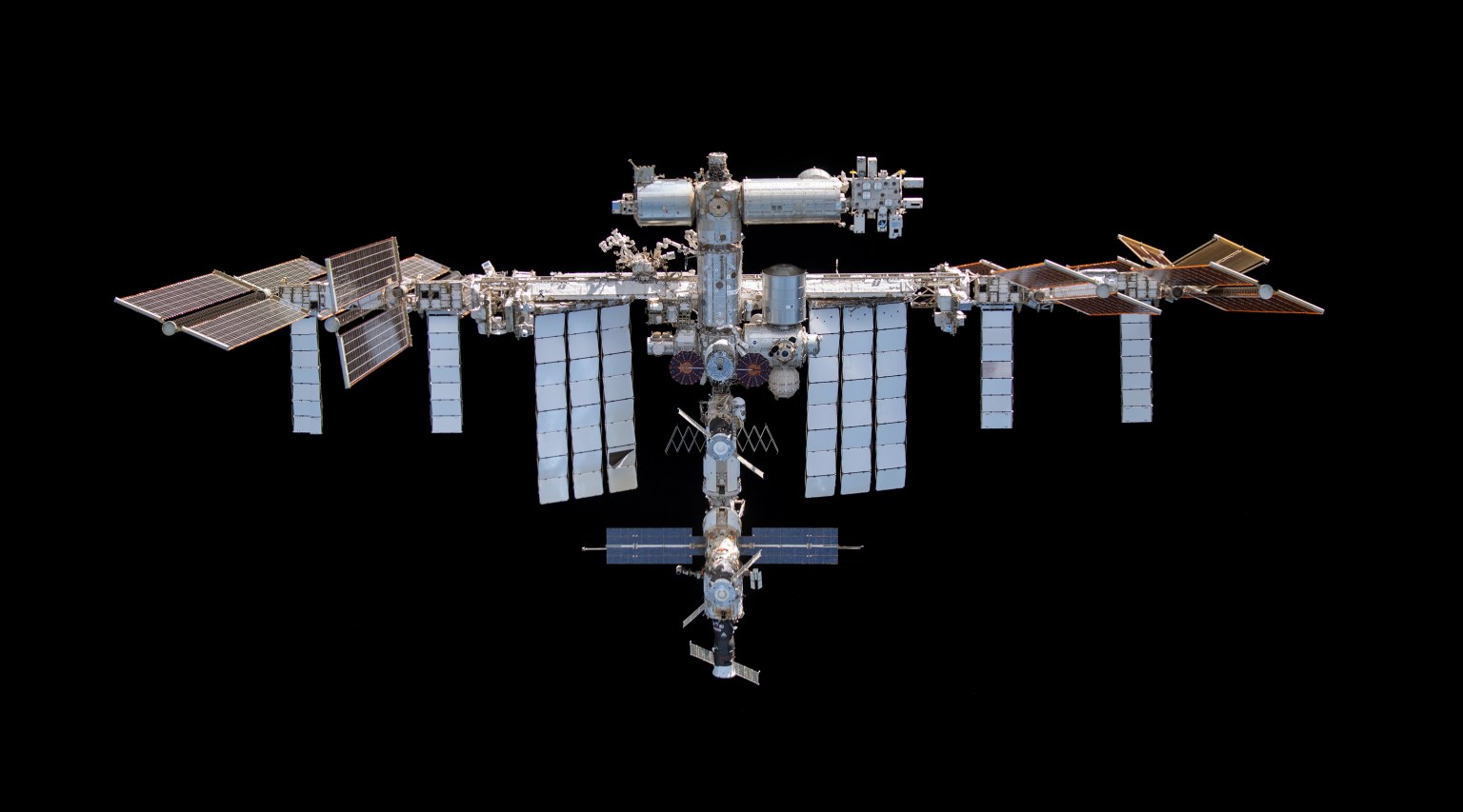Human exploration missions will require robust, flexible Extravehicular Activity (EVA) architecture protocols that include the use of a reduced-pressure cabin atmosphere enabling staged denitrogenation. Use of this atmosphere could result in compromised health and performance to the crewmember due to exposure to mild hypobaric hypoxia; of most concern are the potential effects on the increased intracranial pressure, visual impairment, cognitive performance, sensorimotor dysfunction, oxidative damage, and sleep quality. In addition to hypobaric hypoxia associated with staged denitrogenation, there are additional factors that can result in hypoxic exposure to the crewmember, such as cabin depressurization, Environmental Control, and Life Support System (ECLSS) failure, toxic exposure, or crewmember illness/injury.

Directed Acyclic Graph Files
+ DAG File Information (HSRB Home Page)
+ Hypoxia Risk DAG and Narrative (PDF)
Human Research Program
+ Risk of Reduced Crew Health and Performance Due to Hypoxia

































